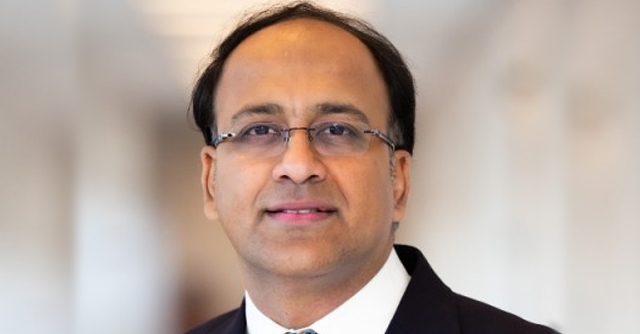
We are seeing a shift from component play to system play, driven by AI: Micron India's MD


In June 2023, US-based chipmaker Micron announced its plan to invest $825 million to set up a semiconductor assembly, testing, marking, and packaging (ATMP) unit in Gujarat’s Sanand. In September, the company carried out the groundbreaking ceremony of the plant and now plans to roll out the first made-in-India chip by December 2024.
TechCircle interviewed Anand Ramamoorthy, the country head and the founding managing director of Micron India, about the progress in the Sanand plant, India as a destination for semiconductor manufacturing, and the overall industry outlook. Edited excerpts:
What is contributing to Micron’s presence and growth in India?

We set up a base in India in 2018-2019 period. Since our entry into India was a little later than some of our peers, we had to leapfrog in terms of the work we do. Our intention was not to be just an augmentation or a back office but to hire the right kind of mandate and establish collaboration corridors so that we contribute directly to global operations. We started with a few hundred employees and today we are more than 3,500 in India. We have ramped up pretty well in terms of both hiring and building competencies.
In the context of semiconductor manufacturing in India, the coming together of a few crucial elements such as the right policy statement, incentive programs, and focus on selecting the right people with strong pedigree like ourselves, in the last few years have helped too. On an individual level, I am very content being in this industry at this stage. I call it the pizza base strategy — while the technological innovation as toppings might change, semiconductors as the base would always remain.
What impact do you anticipate from the upcoming ATMP facility in Sanad?

Semiconductor manufacturing is done in two parts — frontend where the wafer is processed and backend where it is assembled, tested, and finally packaged. Our focus with the India plant was to start with the backend where you have a larger scope for generating employment and begin creating an ecosystem. When you build a backend plant you don’t need just engineers but also partners who will help you with packaging, gases and chemical equipment suppliers, among others — so much of the ecosystem has to come up with it. So our employment impact is measured in both in terms of direct and indirect employment. At the peak, this plant is expected to generate 5,000 direct and 15,000 indirect jobs.
We expect the global semiconductor industry to be a $1 trillion sector and the demand for memory chips to double in the next seven years. In the second half of the decade, we anticipate a much higher intake and the growth of the total addressable market for logic and memory devices, and across the globe, including India, we are building capacity to take care of this demand.
How is artificial intelligence impacting Micron’s operations and offerings?

Today we are seeing a shift from component play to system play, which is largely driven by artificial intelligence (AI). There is a huge demand for AI capabilities not just in data centres and enterprises but also in end-user devices.
AI means two things to us. The first is building products for AI. For instance, we have double data rate (DDR) memory chips for both low-power products (LPDDR) and mainstream versions for graphics and enterprise use cases. Then we also have high bandwidth memory (HBM) solutions that offer better capacity, power, and performance efficiency for AI innovations.
Secondly, we are assessing on how AI can be used for internal workflows. It takes a long time to design given the high silicon complexity — up to 18 months — often impacting the go-to-market viability. We are trying to incorporate AI in our design workflows to shrink this design cycle. We are also planning to incorporate AI in our manufacturing workflows in areas like error detection, vision capture, and yield enhancement.

What are the interesting local partnerships that you have formed in India?
We have different sets of partners, we work with engineering partners, companies that offer engineering support and contractors, or as IP vendors. We mentor a lot of startups as well and collaborate with engineering colleges.
We focus on the consumer. For instance, the electric vehicles (EVs) market is very unique to India. It needs more chips than some bare-bone IC vehicles. We are also seeing that the indigenous automotive sector is also growing. We have the Tatas and Mahindras building for India and the world. We will see a lot of increasing consumption in the country over time, maybe not as fast as you want it to be and we are still a very import-heavy country, but with factors like design-linked incentives and other schemes, I am hoping that by next decade we have more engineering supply coming in-house.

